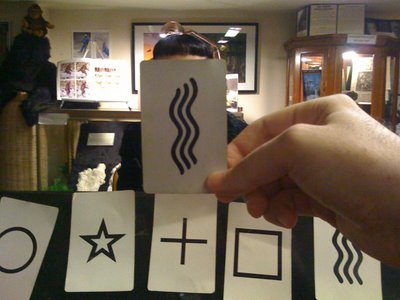What Is Remote Viewing?

Remote viewing can be described as a mental process that enables a viewer to provide details about a target that would normally be unreachable to ordinary senses because of time or distance or due to the fact that it is hidden. For example, the remote viewer can be required to give a description about a far off place that they have never been to or give details about an object hidden in a sealed container or describe a past event. In all these cases, the viewer is not given details about the target. It allows for the transfer of perceptual information through space and time.
Remote viewing is related to parapsychological phenomena like clairvoyance, telepathy and ESP in that it involves psychic ability (or psi).However, unlike ESP (extrasensory perception), it uses particular techniques which can be learned. By utilizing a set of technical rules (protocols), a remote viewer can observe an object, person or event which is far away in terms if space and time. In remote viewing, the concepts of time and space are rendered meaningless.
The term ‘remote viewing’ was first used in 1971 in an experiment done by a team of members of the American Society for Psychical Research led by Ingo Swann. Later in 1973, Ingo used remote viewing to correctly determine that the planet Jupiter had rings around it. This would later be confirmed by space probes. The team outlined five necessary conditions required for remote viewing to occur. These are: the remote viewer, ESP capability, a far-off target, the recorded perceptions of the remote viewer and a positive confirmed feedback.
Throughout the cold war, the CIA and the US military carried out various research programs to help deepen knowledge about remote viewing. Some of these programs include those code-named Sun Streak and Star Gate .These were recently declassified and made available for public viewing. By studying them,it is apparent how successful they were. For example one remote viewer was able to provide highly detailed and precise descriptions of Soviet Union military facilities. It is claimed that the programs still go on in secret and some remote viewers say they have been approached by the US government to help in anti-terrorist efforts.
Remote viewing is thought to work when trained viewers scientifically tap into what is called the universal mind. Through this process, the unconscious can be brought into the conscious. The universal mind is an extensive store of information about all things, without taking into account space and time. The remote viewer needs to enter into what is referred to as a hyper-conscious state where he or she concentrates on particular targets. These targets are part of the universal consciousness which covers all humans and all things. A typical remote viewing session can run for around one hour.
While there are skeptics who scoff at remote viewing, it has been proved that it works-but not all the time. A skilled and trained remote viewer may get results close to 100% accuracy but this may not happen every time. There are other factors that may come into play and affect the process. Additionally, targets may differ in terms of accessibility and complexity of description.

